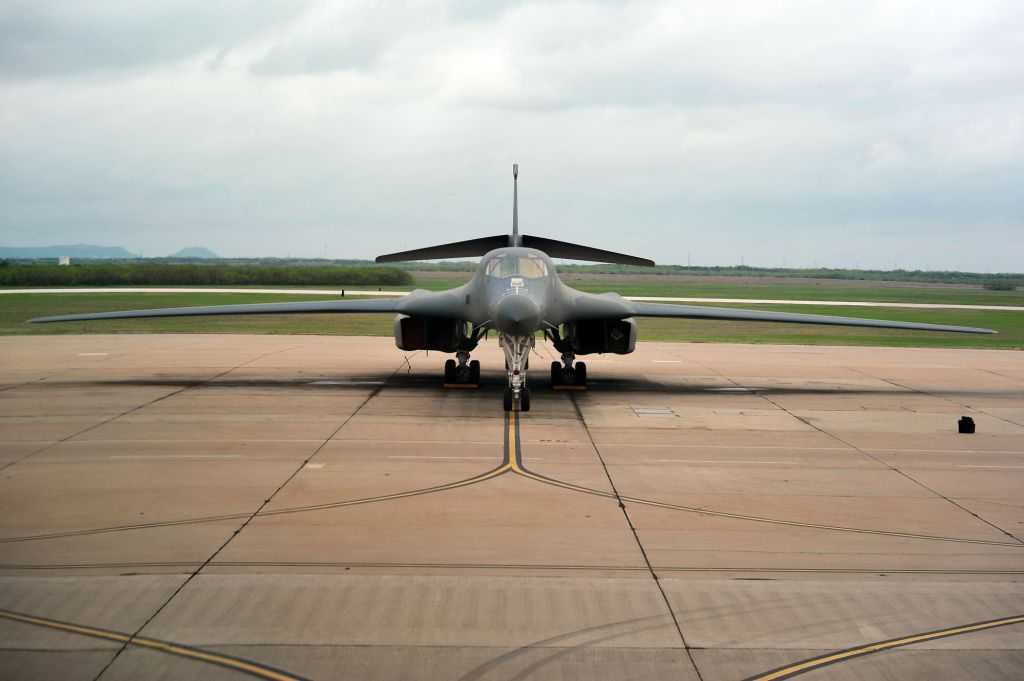ELLSWORTH AIR FORCE BASE: It can generate more than 30,000 pounds of thrust and reach speeds greater than 900 MPH, but can it stop safely after reaching such speeds?
Thanks to an ongoing brake modification of the B-1B Lancer, the aircraft has a new, more effective means of coming to a stop.
The modification, which costs $15,787 per aircraft, removes the old, hard-brake swivels and replaces them with a flexible hose that generates less wear and tear on the braking system.
“The hoses are a safer option for the aircraft,” said Justin Curtis, a 28th Aircraft Maintenance Squadron support aircraft mechanic. “They keep hot fluid from leaking from the swivels.”
Another benefit of the modification is a shorter maintenance time on the brake system.
“We estimate time spent changing the brakes on the B-1 will drop from two hours to 40 minutes,” Mr. Curtis said. “It’s just one more benefit that stacks up in this drive to replace the old braking system.”
This initiative to improve the brake system began to take shape in June 2009, when the first B-1 was fitted with the new system. Once the modification was approved, maintainers moved into the next phase of the program. The first high-speed taxi with the new braking system occurred in January 2010. After the successful test, permanent modifications began in October 2010. The maintainers here set a goal to have all Ellsworth Air Force Base 28 B-1 modified and ready to fly by May 13.
Mr. Curtis said that while aircrews won’t notice much of a change in the actual system itself, safety during takeoff and landing will be improved significantly.
“This new system greatly reduces the risk of a brake fire,” he said. “That kind of security can be a real weight off the minds of the aircrew, especially during a mission.”
Capt. Bishane Whitmore, a 37th Bomb Squadron B-1 weapons system officer, said the brake system improvements will do more than just improve safety.
“It’s a necessity that will help in the long run,” Captain Whitmore said. “The new system will improve safety and reduce time needed to do maintenance checks after each training mission. Anything that can do all that is a welcome asset to the aircrews training here and flying missions downrange.”










